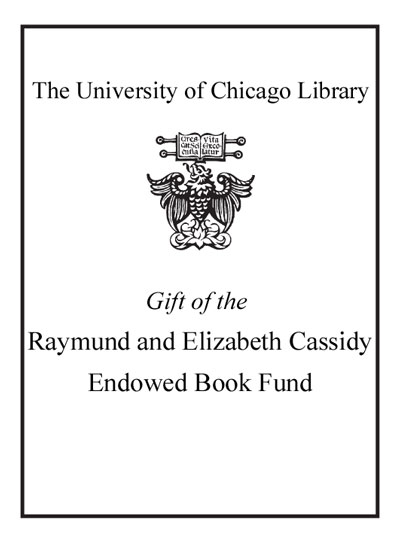Review by Choice Review
It has taken nearly a century, but US scholars of colonial Latin American history have finally begun to look at sites beyond viceregal centers as worthy topics for research. Lane's study of Quito is a fine example of the rewards that this new focus can bring to the understanding of the Spanish colonial world. Loosely using the year 1599, a time within two generations of the conquest, Lane (College of William and Mary) uncovers a complex city and region in the midst of great change. To borrow from Lesley Byrd Simpson's classic Many Mexicos (1941), Lane finds "many Quitos." One Quito was rapidly changing from a conquest and encomienda mentality to a new economy based on provincial trade, banking, gold mining, textile sweatshops, and sheep raising. There was another Quito that faced a nearby frontier composed of hostile, unconquered Amerindian groups and escaped African slaves from coastal shipwrecks. As Lane emphasizes, Quito was far more like Chile and northern Mexico than Lima and Cuzco. There was yet a third Quito, desperately dependent on a dwindling indigenous population whose leaders could and did manipulate the imperial system to their advantage. What a fascinating mosaic Lane has left for readers to ponder! ^BSumming Up: Highly recommended. All levels/collections. J. A. Lewis Western Carolina University
Copyright American Library Association, used with permission.
Review by Choice Review

